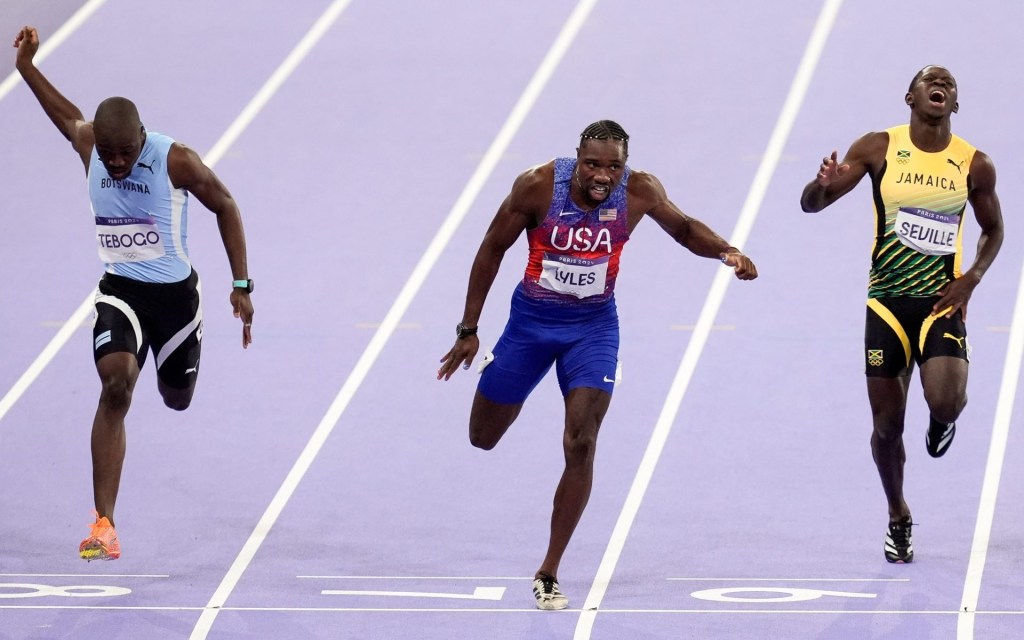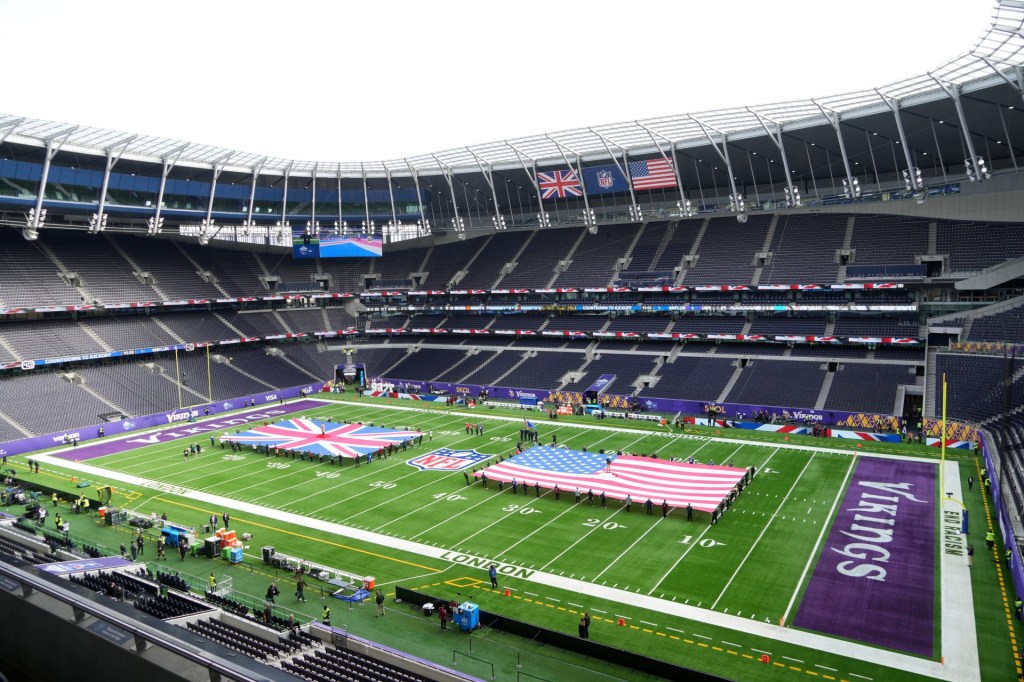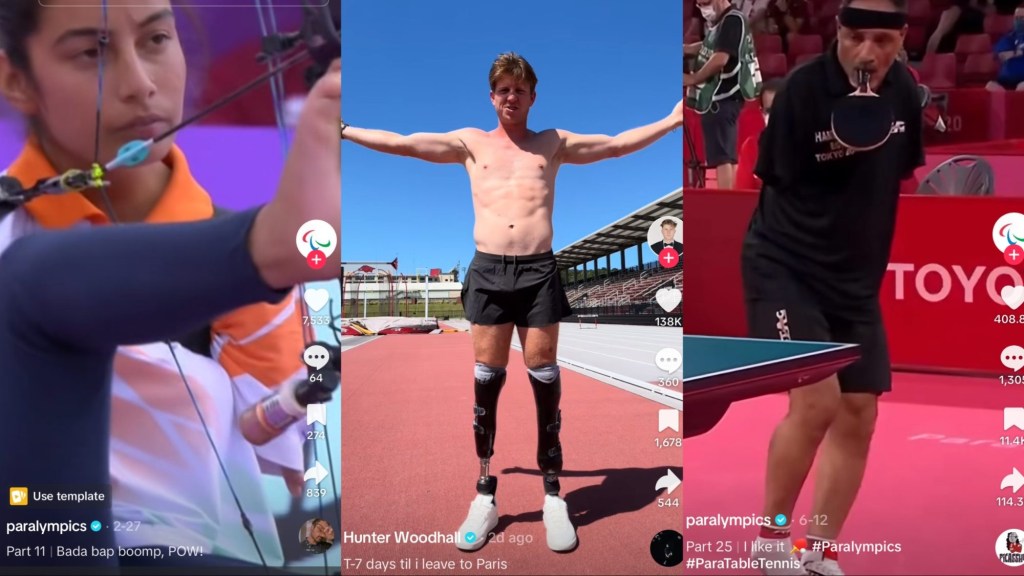Throughout 2022, FOS Pro provided analysis of the most relevant developments in sports to give professionals, investors, and decision-makers a unique view of market trends and opportunities at the intersection of sports and business.
As the year winds down, we wanted the final edition to curate our top reports, top insights from our Deal Tracker, and the most significant highlights in the sports industry.
Top 5 FOS Pro Reports
A diversity of topics was covered over the last year, including gaming, crypto, virtual reality, finance, teams, leagues, and nutrition.
These were the most popular reports of 2022:
- How the U.S. Got A New Pro Cricket League
Major League Cricket — the first official professional American cricket league — plans to launch during the summer of 2023. The outlook and beginning stages of the MLC are worth monitoring because they will set the tone for expected growth and the likelihood of Cricket’s commercial success in the U.S. Learn more about the MLC and its plans for 2023 here.
- The Continued Growth of Pickleball
Pickleball is becoming a national sensation. After increased exposure during the pandemic, the sport continues to receive national attention from both professional and recreational leagues. From popular athletes and celebrities pouring money into teams to new retailers like Pickleball Central increasing sales by more than 40%, the sport continues its growth. Check out why here.
- How Apple Uses Sports to Pull You Into Their Subscriptions Ecosystem
Apple sees sports as more than a way to broaden its subscription environment. Sports are a logical extension of the brand, message, fundamental values, and standard of experiences it aspires to deliver. Read the report about Apple’s strategic efforts within media, music, fitness, and original content here.
- Inside the Growing Alliance Between American PE and European Sports
The last 12 months have been jammed with headlines from European sports deals with Northern American investors. Check the PE and soccer report here to learn why investors and European sports properties are so interested in working with each other — and why now?
- The Power of Short-Form Video
Over 40% of Gen Z spends more than three hours daily on TikTok. Short-form video has become one of the most important advertising mechanisms across industries. Check the report here to learn how the sports industry has leveraged platforms like TikTok to build massive audiences and distribution.
To read all our past research reports, head to FOS Pro HQ.
2022: The Year in Review
There was a feeling of optimism in the post-pandemic era, as stadiums were finally returning to full capacity, markets were hovering around all-time highs, and things started to feel normal again in 2022.
The macroeconomic environment faced multiple challenges, from the Russian war in Ukraine to supply chain disruptions in China, inflation, and rising interest rates.
These factors impacted many sectors of the sports industry.
Here’s our recap of the sectors that highlight the impact of all the above during 2022 on the sports industry:
- Retail and Apparel: A Broken Supply Chain
Most consumer businesses in clothing and apparel struggled throughout the year due to strict COVID regulations in China, the scarcity of raw materials, and a collection of freight and delivery problems.
The supply chain was completely broken:
- Initially, products and deliveries faced extended delays — companies couldn’t keep up with demand.
- Companies searched for new partners and suppliers to counteract product scarcity and delays.
- After solving production, transportation became the main issue, as thousands of ships and containers got stuck in traffic.
- Elevated freights then slowed logistics, accumulated inventories, restricted growth, and reduced profitability.
Sports apparel was heavily impacted by supply chain disruptions worldwide, but on the bright side — e-commerce sales surged, there was a massive capital inflow, and the sector benefited from the development and implementation of new technologies to streamline the chains.
- Live Events: Expensive Tickets and Concessions
Changes in consumer pricing forced companies to hike and adjust the prices of their products, services, and experiences to maintain margins and profitability.
Given that sport — particularly live sports — is discretionary spend, inflation decreases demand, and consumers have less disposable income for experiences.
The average annual inflation rate for attending sports events between 2000 and 2022 was 2.88%. This year, annual inflation — currently at 7.1% — hovered around its highest rates in over four decades.
Increased prices of tickets and concessions create consumer discontent and can ultimately generate a drop in consumer sentiment.
While several economic numbers do not suggest the U.S. has fallen into a recession yet, the mix of low consumer sentiment, a possible recession, and continuously high inflation all have the potential to stagnate the expected growth of live events — making this a key factor worth monitoring going into 2023.
- Crypto, FTX, and NFTs
Rising interest rates decreased market liquidity and contributed heavily to the recent plunge in the stock market. Simultaneously, it exposed companies and projects with no fundamentals or intrinsic value.
Crypto exchange FTX — once valued at $32 billion — went bankrupt, the value of Terra — a stablecoin once considered “safe” — dropped to zero, and Three Arrows Capital — a hedge fund managing over $3.5 billion — collapsed by trading risky cryptocurrencies.
For this sector, 2022 can be summarized with the famous quote from billionaire investor Warren Buffett, “Only when the tide goes out do you discover who’s been swimming naked.”
While 2020 and 2021 were booming years for the crypto and NFT markets — 2022 was quite the opposite.
The problem?
The sports industry was also quite involved with it.
During the last three years, dozens of sponsorships, partnerships, collectibles, fan token projects, and platforms have been assembled at the intersection of sports and crypto.
For sports, besides the trouble for those directly related to defaulted projects, the collapse of FTX, crypto, and NFTs was a lesson on counterparty risk and a reminder to be more cautious and play a long game.
- World Cup: The Greatest Show on Earth
Besides arguably being the most controversial sports tournament in history, some of the early numbers already suggest that the FIFA World Cup in Qatar was by far the biggest and most relevant highlight of the year.
- According to Nielsen, the USMNT–England match drew an English-language record in the U.S., subsequently broken again by the Final.
- The epic showdown between Argentina and France drew record viewership numbers in the U.S. — 16.8 million on FOX and 5.5 million on Telemundo.
- Over 760,000 fans attended Qatar during the month-long event.
While the actual numbers have yet to be published by FIFA, some estimates suggest that over half the world’s population — ~4 billion people — tuned into the tournament and that the Argentina-France match blew the global audience size of Russia’s World Cup Final — ~1.12 billion — out of the water.
All eyes are now on the 2026 World Cup — hosted in the U.S., Canada, and Mexico — which is expanding from 32 to 48 teams, hosting as many as 104 matches, and with massive expectations after Qatar raised the bar on the quality of the entertainment.
Insights From The Deal Tracker
In 2022, the FOS Pro Deal Tracker cataloged 428 private market deals across various verticals, including crypto and blockchain, sports tech, gaming and esports, augmented and virtual reality, health tech, and more.
Here are the main takeaways from the deal tracker in 2022:
- Gaming was the most popular vertical, with 84 deals raising over $89 billion.
- Besides gaming and esports — sports betting, crypto/blockchain, and health tech were the most prominent sectors.
- Three of the top five biggest deals of the year were in gaming; the other two were the Denver Broncos and Reebok’s deal with Authentic Brands.
- Mergers and Acquisitions (M&A) was the deal type with the biggest volume, sitting at $85 billion with 34 deals, but seed stage investments had the highest amount of deals closed — 94.
Biggest Deals
This year, the headline of the Deal Tracker was Microsoft’s massive acquisition of Activision Blizzard — one of the largest PC video game publishers — for $68.7 billion in cash. The deal, which is still pending, has faced much scrutiny lately due to several worries from the FTC.
The second biggest deal was also in the gaming vertical, where Take-Two Interactive bought Zynga Inc — the company that develops, markets, and operates social games on mobile platforms and social networking sites — for $12.7 billion.
Rob Walton’s acquisition of the Denver Broncos for $4.65 billion came in as the third biggest deal in the sports industry. In part, the deal revealed the high willingness to pay for professional sports franchises in the U.S.
However, the Denver Broncos wasn’t the only team that went for sale this year — Chelsea, AC Milan, and Bournemouth also headlined the list.
While the deal is not finished, an agreement was recently made between billionaire investor Mat Ishbia and the Phoenix Suns and Mercury professional basketball teams for a majority stake worth ~$4 billion – one of the biggest deals in NBA history.
Most Prominent VC Investments
The seed round stage deal with the biggest check was Spyke Games for $55 million. Spyke is an Istanbul-based company that develops and operates competitive mobile games — a further affirmation of the popularity of gaming throughout the year.
The most significant early-stage venture capital funding deal was from Yuga Labs – the creators of the multimillion-dollar Bored Ape Yacht Club project — which raised a $450 million round from Andreessen Horowitz at a $4 billion valuation in March.
Onefootball, the media company that features live scores, statistics, and football news from hundreds of soccer leagues around the world, raised the most amount of capital — $300 million — within later-stage startups.
For more data and insights from the hundreds of deals we’ve tracked throughout the year, head to the website of the Deal Tracker here.
All Eyes on 2023
While 2022 was a turbulent year with multiple challenges for sports organizations, it provided the opportunity for highly valuable lessons to the industry.
It also allows us to be curious about the kind of the year 2023 will be:
- Will gaming continue dominating the headlines and deals, or will a new vertical like web3 or blockchain takeover?
- Will more professional sports franchises sell for record-breaking amounts, or should we expect a slowdown?
- Will the global economy be able to have a ‘soft landing,’ preventing a recession?
- What would a recession look like for the sports industry?

















